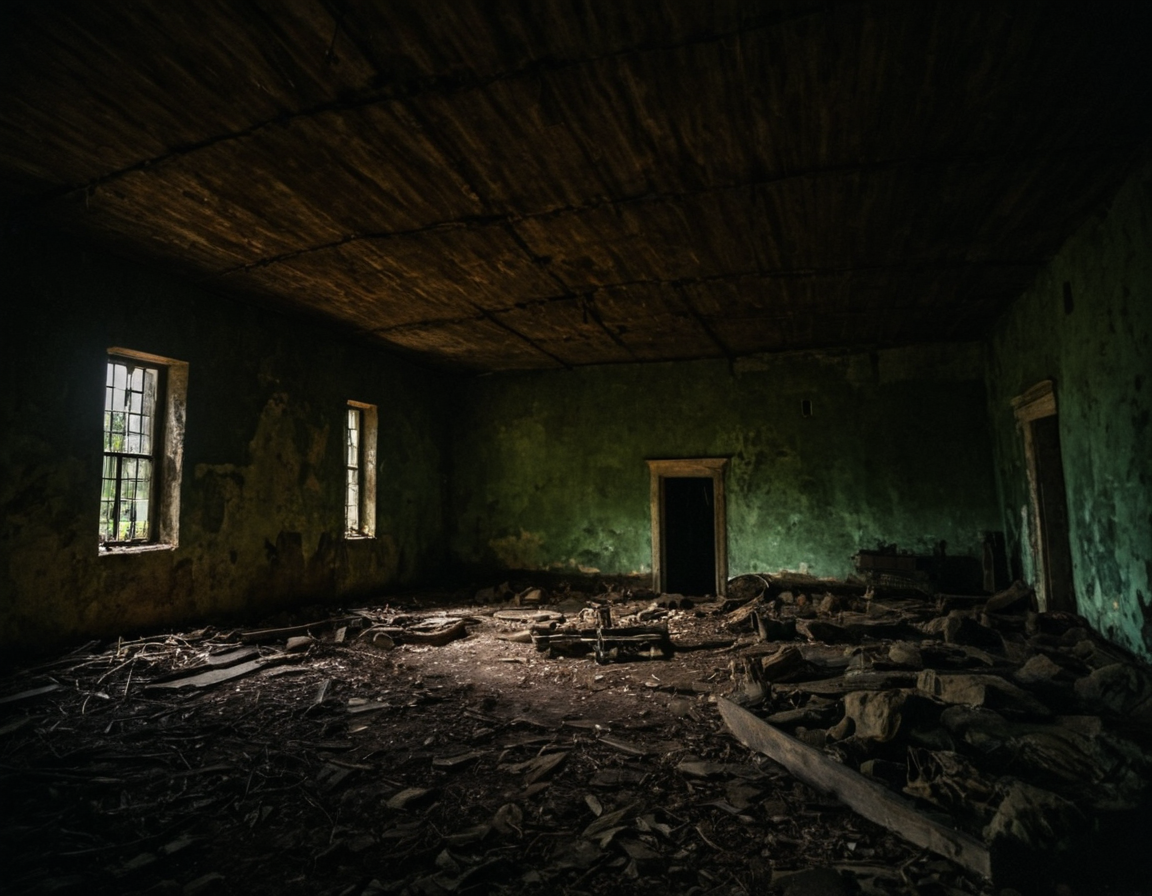Dark Tourism Photo Tips

The Dark Tourism Photography Niche: Capturing the Bizarre and Unusual
As we explore the world, we often find ourselves drawn to the unknown, the unexplained, and the unsettling. This fascination with the darker aspects of human experience has given rise to a unique and captivating field of photography: dark tourism photography.
Introduction
Dark tourism, a term coined by psychologist Robert P. Jackson in 1977, refers to travel to sites associated with death, suffering, or the supernatural. While some may view this as morbid or taboo, photographers have long been drawn to capturing the essence of these places, often pushing the boundaries of what is considered acceptable.
In this article, we will delve into the world of dark tourism photography, exploring its history, ethics, and practical considerations for those who wish to venture down this path. We will also examine some of the most striking examples of this genre and provide guidance on how to get started.
History of Dark Tourism Photography
The practice of documenting unusual or taboo subjects dates back centuries. From ancient Greek and Roman ruins to modern-day crime scenes, photographers have long been drawn to capturing the darker aspects of human experience.
However, it wasn’t until the mid-20th century that dark tourism photography began to take shape as a distinct genre. The rise of commercial travel and the proliferation of media coverage of sensational events created a market for photographers willing to capture the more unusual side of human nature.
Ethics and Considerations
Before embarking on a journey into the world of dark tourism photography, it is essential to consider the ethics involved. While some may view this type of photography as trivial or exploitative, others see it as an important way to raise awareness about social and environmental issues.
Regardless of one’s stance, there are several key considerations that photographers must take into account:
- Respect for the location and its inhabitants: This includes ensuring that any activities conducted at the site do not disrupt or harm the environment or local communities.
- Sensitivity to the subject matter: Photographers must be mindful of the potential impact of their work on those affected by the events or locations they are documenting.
- Informed consent: In some cases, obtaining explicit consent from individuals involved may be necessary.
Practical Examples
While it is impossible to capture every example of dark tourism photography in this article, we can examine a few striking images and discuss their context:
- The Chernobyl Exclusion Zone: This area, surrounding the site of the 1986 nuclear disaster, has become a hotspot for photographers seeking to capture the eerie and abandoned landscape.
- The Crime Scene Photography: Documenting crime scenes can be a sensitive and challenging task. Photographers must navigate complex legal and ethical considerations while capturing images that tell a story.
Conclusion
Dark tourism photography is a unique and fascinating genre that requires careful consideration, respect, and sensitivity. While it may push the boundaries of what is considered acceptable, it also provides a platform for raising awareness about important social and environmental issues.
As photographers, we must be mindful of our role in documenting these places and people, ensuring that our work does not contribute to the exploitation or sensationalization of others. By approaching this genre with respect, empathy, and a deep understanding of the context involved, we can create powerful and thought-provoking images that inspire meaningful conversation.
Call to Action
As you consider your own journey into the world of dark tourism photography, ask yourself:
- What drives my desire to capture these types of images?
- How will I ensure that my work is respectful and responsible?
By taking a thoughtful and considered approach, we can harness the power of this genre to spark meaningful discussions and raise awareness about critical issues.
Tags
dark-tourism-photography unsettling-capture morbid-travel-sites gothic-landscapes cultural-exploration
About Isabella Anderson
As a seasoned photographer and educator, I help creatives unlock their full potential on lentecreativa.com. With 3+ yrs of experience teaching photography techniques & tips, I've worked with top brands to develop innovative tools for photographers. Let's chase those shots!
